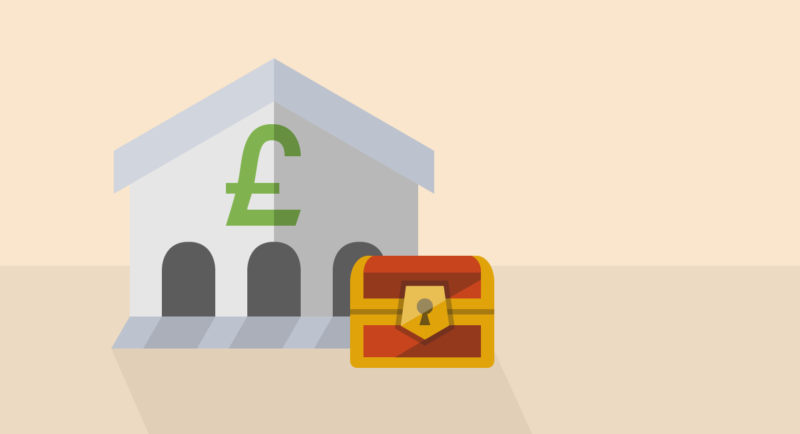Switching your current account is easier than you think.

Many people stay with the same bank for a long time, in part because they believe switching to a new bank will be a hassle. But since the launch of the Current Account Switch Guarantee in 2013, it has become a simpler process.
The guarantee means that banks are forced to carry out switches within seven working days and cause minimal disruption.
If you’ve experienced poor customer service, or if you want to move to a more trustworthy bank with happier customers, here’s how to do it.
-
1
What do I need to get started?
First, decide which bank you want to switch to. You may find comparison sites useful to identify the most suitable deals. Different bank accounts are suitable for different customers - if you regularly dip into your overdraft, you will want to pick one that doesn’t have punishing overdraft fees, while if you are always in the black you might prefer to go for one that pays a competitive interest rate.
Once you’ve got a provider in mind, read through their small print to make sure it’s right for you.
Next, you need to apply. You can either do this in a branch, online, or on the phone – you may find some providers don’t offer all three options. You may also find that you need to visit a branch to supply proof of your identity in person.
-
2
Do I need to tell my old bank that I’m moving?
You don’t need to inform your old bank that you’re leaving. Your new bank will move any money in your old account into the new one on your switch date. You can also ask your new bank to arrange to have your old account closed.
-
3
Is the current account switching service free?
It costs nothing to change current account, and you can even get paid to switch. Some banks are offering £100 or more as switching incentives to new customers.
You should be aware that some of these bribes are only paid if you pay in a certain amount or more every month or have a certain number of Direct Debits. Make sure you are clear on all the details before switching.
-
4
What if I have payments set up to come in and out of the old account?
Your bank will move all payments across for you, saving you from doing it yourself.
This includes all incoming payments like your salary. It also covers all outgoing payments such as Direct Debits and standing orders.
For 36 months, any payments made to your old account will be forwarded to your new account. The sender will be sent your new account details.
-
5
What if something goes wrong with the switch?
If you incur any costs on either your old or new account as a result of the switch, your new bank will be responsible for refunding you. You will also get any money back that you have lost or missed out on in interest payments. If the switch has not taken place within seven days, ask your new provider to address the problem immediately.



